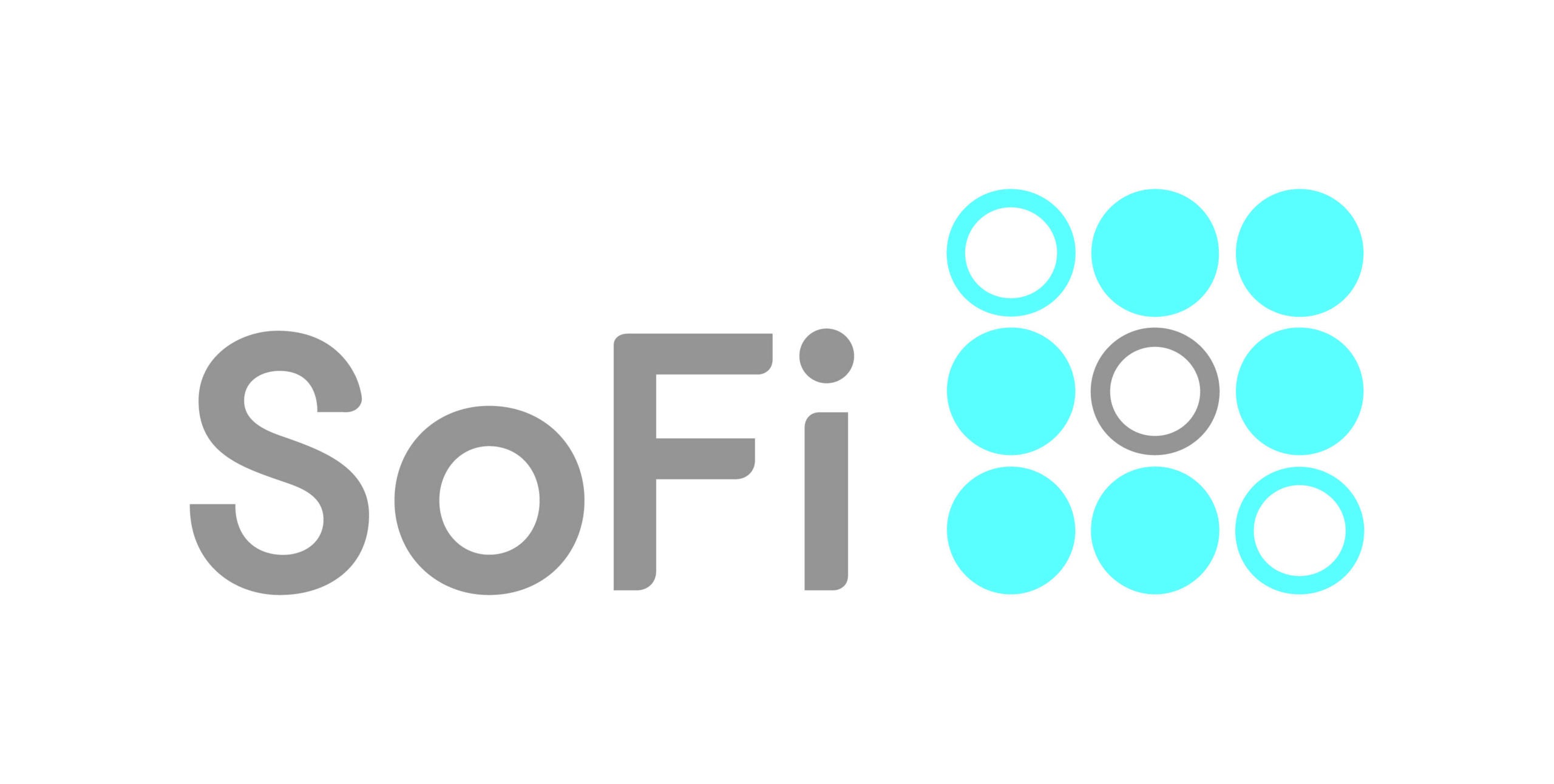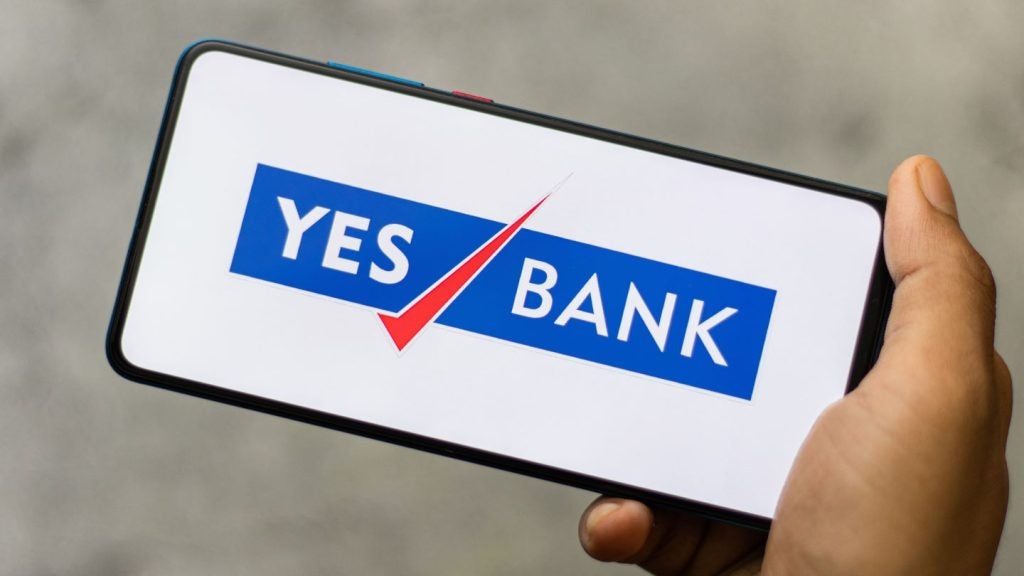
It started out as a refinancer of student loans and quickly expanded into personal loans and mortgages. Never dull, SoFi has been quite a roller coaster story since it was founded in 2011.
In the second quarter of this year, SoFi funded $3.1bn in loans, generating over $134m million in revenue (67% percent year –on- year) and $61.6m in adjusted EBITDA.
SoFi’s ambitions knew no bounds. In 2015, co-founder Mike Cagney told Bloomberg that SoFi was out to ‘kill banks’
It would, he said, target HENRYs, (high earners not rich yet) with a new range of insurance, mortgage, wealth management and deposit taking products.
SoFi lodged an application for an industrial loan charter, which would give SoFi a banking licence and FDIC cover without being regulated as a bank holding company.
Fast forward to the third quarter of 2017 and its co-founder is gone – amid unsavoury allegations relating to his personal conduct. Other senior executives have also exited SoFi including the CFO.

US Tariffs are shifting - will you react or anticipate?
Don’t let policy changes catch you off guard. Stay proactive with real-time data and expert analysis.
By GlobalDataSopFi completed its largest loan securitisation to date earlier in October.
Since inception, SoFi has closed 30 transactions totalling $12.4bn in issuance.
SoFi interim management reportedly believes that it can re-apply for a bank charter in the future and that it will offer deposit accounts to customers through partner banks in the near future.
Meantime, SoFi has rather more pressing issues to address, such as appointing a new CEO, likely to be an appointee a little less brash and outspoken than its controversial co-founder.







